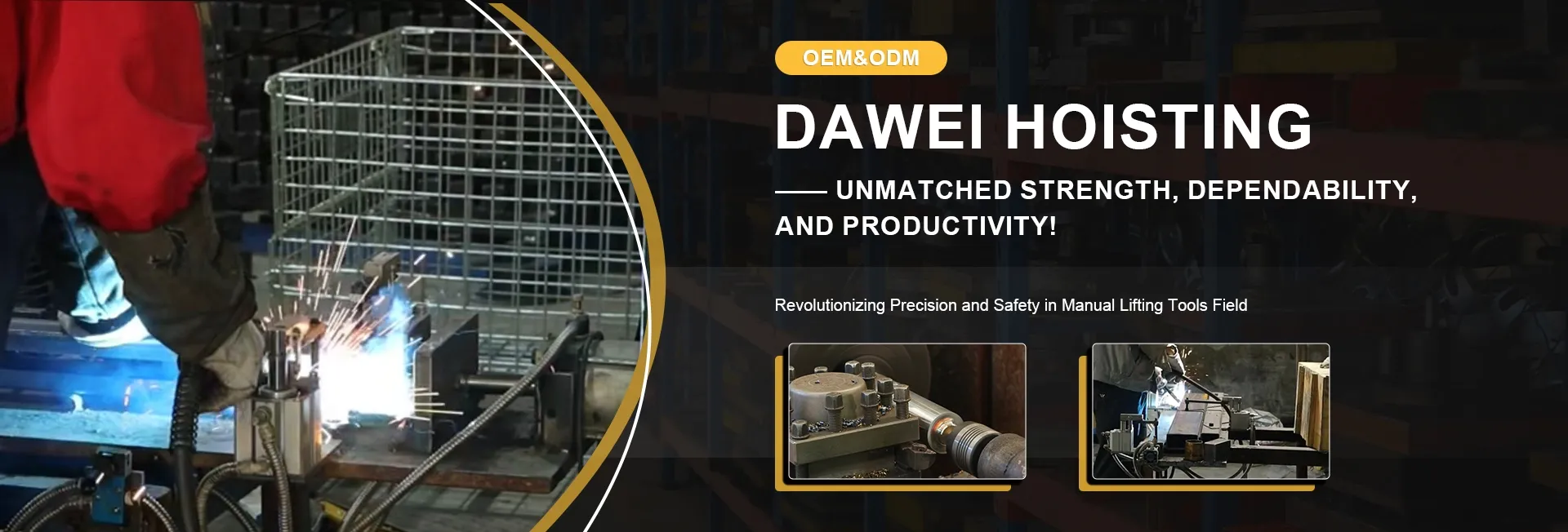Expert Machinery Movers and Riggers for Reliable Equipment Transportation and Installation Services
The Role of Machinery Movers and Riggers in Industry
Machinery movers and riggers play a crucial role in various industries, particularly in manufacturing, construction, and logistics. As organizations increasingly rely on heavy equipment to enhance productivity, the need for skilled professionals who can safely transport and install this machinery has become more prominent. Understanding the intricacies of this profession is essential for anyone looking to appreciate the underlying dynamics of industrial operations.
Understanding Machinery Movers and Riggers
Machinery movers are specialized professionals trained to transport heavy industrial equipment. This includes tasks such as loading, unloading, and relocating machinery within facilities or between locations. On the other hand, riggers are responsible for the careful arrangement and securing of equipment for transportation. They play a vital role in ensuring that heavy loads are balanced, stable, and positioned correctly to minimize risk during lifting and moving operations.
Essential Skills and Equipment
The tasks performed by machinery movers and riggers require a combination of technical skills, problem-solving abilities, and physical stamina. Workers in this field must have a good understanding of the machinery they handle, including its weight, dimensions, and specific handling requirements. They typically undergo rigorous training in safety protocols and the use of specialized tools and equipment, such as cranes, hoists, forklifts, and dollies.
Safety is paramount in this line of work. Machinery movers and riggers are often required to complete safety certifications and adhere to industry standards to minimize accidents and injuries. This includes proper rigging techniques, load assessment, and communication skills when working in teams.
The Process of Moving Machinery
machinery movers and riggers

The process of moving machinery often begins with a thorough assessment of the task at hand. This includes evaluating the machinery's size, weight, and location, as well as identifying potential obstacles in the environment. Machinery movers collaborate with engineers and project managers to develop a plan that details the methods and equipment needed for the job.
Once the logistics are in place, riggers prepare the machinery for transport. They use a variety of rigging hardware, such as slings, shackles, and hooks, to secure the load. Proper rigging ensures that the equipment is stable during movement, which is critical for the safety of both the workers and the machinery.
Challenges Faced by Machinery Movers and Riggers
Despite the critical nature of their work, machinery movers and riggers often face numerous challenges. One of the most significant is the ever-changing nature of industrial environments. Different projects may involve unique machinery or configurations, requiring specialized approaches and problem-solving skills. Additionally, dealing with limited space and heavy equipment can pose logistical hurdles that require innovative solutions.
Weather conditions can also impact operations, especially if work is performed outdoors. Rain, snow, or extreme temperatures can make ground conditions hazardous, calling for additional precautions to be taken.
Conclusion
Machinery movers and riggers are indispensable in facilitating the efficient operation of industries that rely on heavy equipment. Their expertise ensures that machinery is safely transported and installed, enhancing productivity while minimizing risks. As industries continue to evolve and incorporate more advanced technologies, the importance of skilled machinery movers and riggers will only grow, emphasizing the need for ongoing training and development in this vital profession. Their work not only contributes to a smoother operational flow but also plays a part in ensuring that industrial advancements can be realized safely and effectively.
-
Unlock Seamless Relocation with Our Heavy Equipment Moving ExpertiseNewsJun.06,2025
-
Unleash Unrivaled Flexibility with Our Adjustable Gantry CraneNewsJun.06,2025
-
Unleash Heavy-Duty Efficiency with Our Industrial Gantry Crane SolutionsNewsJun.06,2025
-
Revolutionize Steel Handling with Our Magnetic Lifter RangeNewsJun.06,2025
-
Master Equipment Mobility with Premium Machinery Mover SolutionsNewsJun.06,2025
-
Elevate Your Material Handling with Magnetic Lifter TechnologyNewsJun.06,2025
-
YS Permanent Lifting Magnets: The Smarter Way to Handle SteelNewsMay.22,2025
